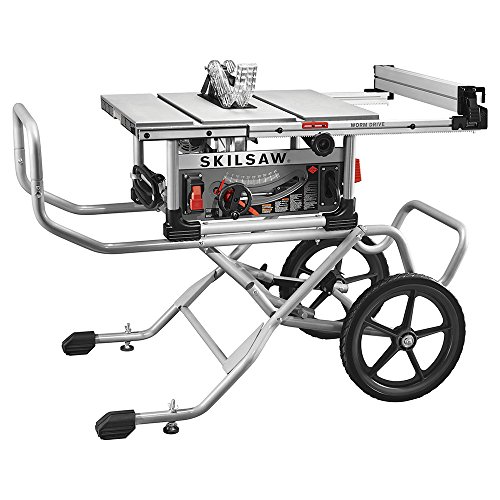Beautiful Plants For Your Interior
Beautiful Plants For Your Interior
A table saw is a powerful and versatile tool that can handle a wide range of cutting tasks. Here is everything you need to know about table saws:

If you’re a handyman, woodworker, or DIYer, then you’re likely familiar with the importance a good quality saw can have in your workshop. One of the most versatile and efficient saws you can own is a table saw. But what is it and how can you use it? In this beginner’s guide, we’ll cover everything you need to know about table saws.
A table saw is a woodworking tool consisting of a circular saw blade, mounted on an arbor, driven by an electric motor. The blade protrudes through the surface of a flat table, providing support for the material being cut. Table saws are great for cutting large pieces of wood, creating straight cuts, and making precision cuts.
There are several types of table saws, including portable, contractor, hybrid, cabinet, and mini table saws. Here’s a breakdown of the most common types:
Portable table saws are smaller and lighter, perfect for contractors or DIYers that need to move their saws around frequently. They are versatile, although they might not have the cutting capacity of larger table saws.
Contractor table saws are heavier and more stable than portable table saws. They have a more powerful motor and a larger blade, making them perfect for professional woodworkers. Contractor table saws can be moved around job sites, but they’re not as portable as the lighter options.
Hybrid table saws combine the best of both worlds. They’re a mix between a contractor table saw and a cabinet table saw. They have the power of a contractor saw but the enclosed base of a cabinet saw, making them more stable and quieter than contractor saws.
Cabinet table saws are the most powerful and stable option available. They’re used by professional woodworkers, as well as industrial settings. Cabinet saws have a fully enclosed base, making them quieter and heavier, but not very portable.
Mini table saws are small, bench-top versions of larger table saws. They’re often used for smaller projects or by hobbyists.
When shopping for a table saw, you should consider the following features:
The motor size determines the power and speed of the saw. A more powerful motor can handle tougher materials and cut faster.
The blade size will affect the depth of cut. Larger blades (10 to 12 inches) can cut deeper than smaller blades (8 to 9 inches).
Rip capacity is the maximum distance between the blade and the fence. The larger the rip capacity, the wider the board you can cut.
Dust collection is important for keeping your workshop clean and reducing the risk of respiratory problems. Look for a saw with a good dust collection system.
One of the most important aspects of using a table saw is safety. Here are some tips to keep in mind:
To keep your table saw working properly, you should perform regular maintenance. Here are some things you can do:
When it comes to woodworking tools, the table saw is a must-have. They’re versatile, efficient, and allow you to make precision cuts. Now that you know everything you need to know about table saws, you can make an informed decision on what type of saw is best for your needs.
Remember to keep safety in mind when using your saw, and perform regular maintenance to keep it working properly. With the right saw and the right skills, you can create amazing projects with ease.
When using a table saw, it is important to wear eye and hearing protection, avoid loose clothing and jewelry, and keep your hands away from the blade. Always use a blade guard and a riving knife, and adjust the blade height to slightly above the material being cut. Keep the work area clean and free of clutter, and use push sticks or featherboards to guide the workpiece.
When choosing a table saw, consider factors such as the size and type of materials you will be cutting, the amount of space in your workshop, your budget, and your level of expertise. A good rule of thumb is to buy the most powerful and accurate saw you can afford, as this will provide the best performance and results.
To keep your table saw in good working condition, clean and lubricate it regularly, keep the blade sharp, and adjust the fence and miter gauge as needed. Check for loose or worn parts, and replace them promptly. Store the saw in a dry and safe place, and cover it when not in use.
Yes, a table saw can be used for a variety of woodworking tasks, such as cutting plastic, laminate, or metal, making grooves and dadoes, and even shaping and sanding. However, it is important to use the appropriate blade and accessory for each task, and to follow the manufacturer’s guidelines and safety precautions.